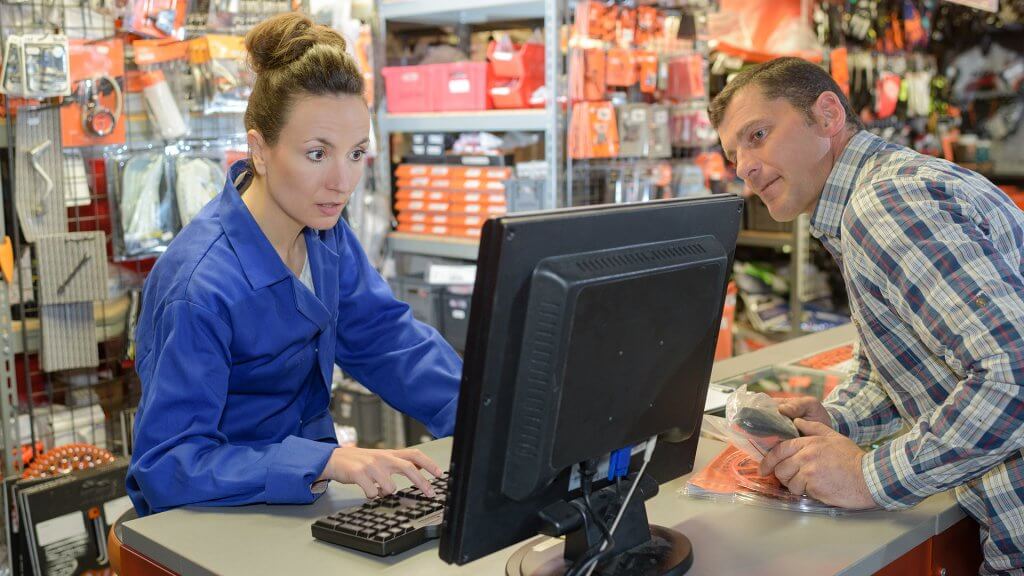Small and medium-sized businesses often have a small team, modest capital, and adequate assets. Therefore, they rely on cost control to stay operational and achieve business growth.
Considering their asset modesty, it’d be unwise to lose any, whether digital or non-digital. Asset loss may affect sales, puncture brand perception, and lead to bankruptcy and liquidation.
Looking at the consequences, the need for asset tracking tools is crucial to small businesses. Asset tracking tools can help you scale up your business, lower some of the costs, and make your business processes faster.
Thus, the following are some of the ways, steps, and procedures you can track your asset movement as a business owner:
1. Adopt RFID Technology
RFID stands for radio-frequency identification. It’s an asset tracking tool that uses radio signals and waves to capture encoded data. Therefore, its operation relies on the presence of an RFID tag, reader, and antenna. Each of the requirements also needs a data system to function effectively.
Consulting RFID agencies, such as Lowry Solutions RFID inventory system, is one of the many ways small business owners engage RFID trackers. Although RFID technology may require time and secondary tools to operate, it may be more effective than other tracking systems.
Aside from the edge, here are other reasons small business owners use RFID to track assets:
- Cost-effective
- Saves time
- Improves data accuracy
- Enhances quality control and traceability
Besides, small business owners can decide to adopt any of the forms of RFID: low, high, and ultra-high frequencies. Of course, the higher the frequency, the more effective RFID is for tracking.
2. Embrace Barcodes
One of the many ways to track assets is by embracing barcode technology. Barcodes are machines that read codes strewn across your assets in parallel lines and numbers. Although they’re old, they remain functional and simple for tracking assets.
You can see barcodes being used everywhere – when shopping or moving some funds to a client. Barcode technology is good for tracking assets due to the following reasons:
- Cheap
- Fast and easy to use
- Promotes data integrity
- Gives immediate access
However, standard barcode technology is not all glitz and glamour. One of its weaknesses is that anyone can remove the codes from assets, rendering the technology useless. But where standard barcodes fail, high-secured barcodes fill the gaps.
3. Use Bluetooth Technology
Bluetooth technology has been in use for a while. It works over wireless networks that allow devices to communicate and interact at close range.
For asset tracking, Bluetooth is often mounted on or installed in structures and premises. That way, it can trigger security alerts, remind of maintenance routines, and prompt safety instructions.
However, the technology has security issues as its functionality can be interfered with and disturbed. For instance, any metal or concrete object can alter its signal and operation.
4. Employ Geolocation Tools
Small businesses’ assets can be mobile or non-mobile. When mobile, the assets are moved from one place to the other. When non-mobile, they remain fixed to a spot.
Nevertheless, mobile assets are more susceptible to theft and fraud than non-mobile assets. This is because they’re prone to manipulation and exploitation. Hence, every small business needs geolocation tools to track its asset movement.
These tools work by identifying an asset’s geographic location. It’s helped by a network of global positioning systems (GPS) and QR codes to read the assets’ coordinates and send radio signals to business owners. That way, the asset movement can be captured, recorded, and tracked.
5. Don’t Forget IoT
Talking about tech and asset management, the Internet of Things (IoT) currently holds the lion’s share. IoT combines computing and engineering tools and algorithms, ranging from software to hardware. This combination makes the innovation perfect for asset tracking and management.
With IoT, you can automate asset triggers and alerts. You can also optimise their efficiency for safety and cybersecurity reasons. Furthermore, you can eliminate human errors and interactions, ensuring your assets meet specific protocols before they can move.
While IoT may seem costly, its effectiveness is never in doubt. Besides, there are several IoT tracking devices you can choose from based on price and customisation. Likewise, you can code your trackers to meet unique needs and ensure the maximum security of your properties.
Conclusion
Small and medium businesses need asset trackers as much as large enterprises. Although their teams and capital are modest, their assets are still valuable and need protection. And one way to do that is to employ asset trackers, many of which are technological today.







